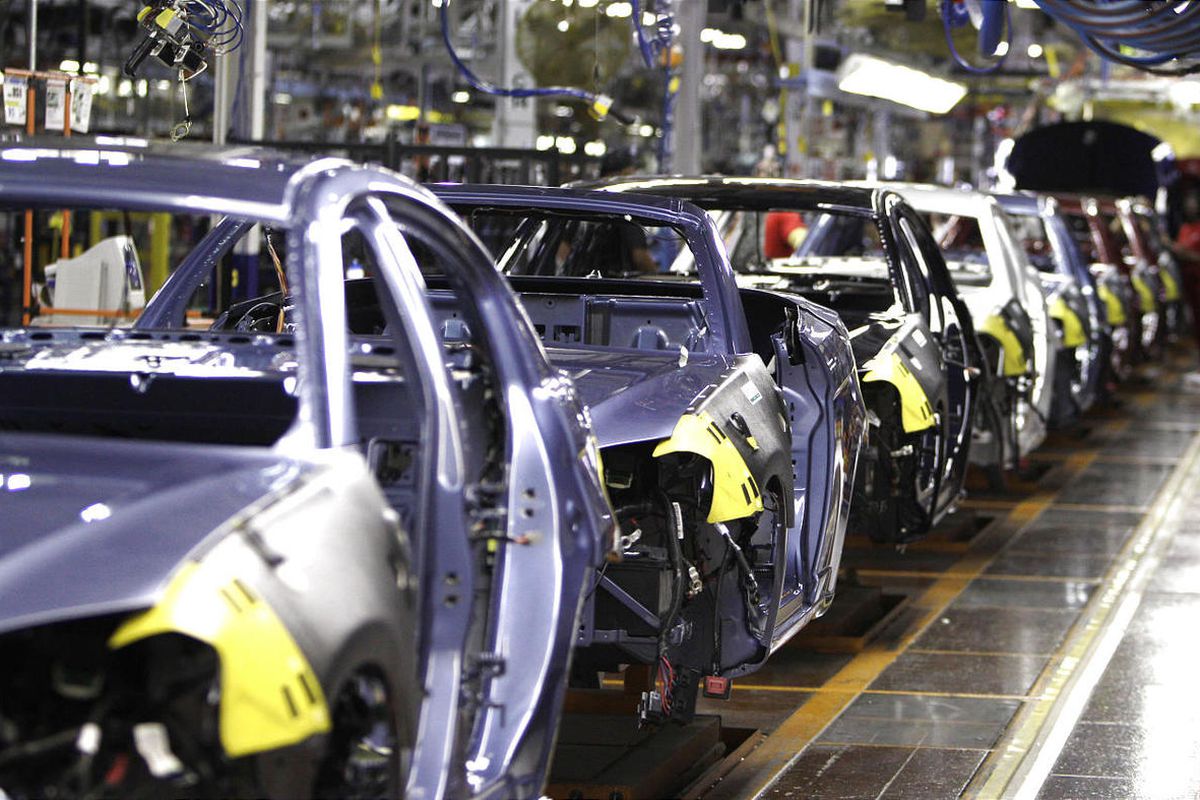Supply Chain Technologies 2022 | Catch Up On The Latest Improvements
In today's digital economy, a new approach to managing the entire supply chain ecosystem is required—one that makes use of cloud technology,...
4 min read
Işık Handan : Feb 16, 2022 3:22:09 PM
The importance of product packaging in the supply chain is greater than many people realize. As a business owner, you want your items to be packaged in a durable material that looks beautiful and makes customers eager to receive them. From order processing to your customer's hands, proper packing can improve your business in many respects.
The process of facilitating the movement of goods and services is known as supply chain management. This involves the transformation of raw resources or items into finished goods. Product planning, sourcing, production, warehousing, picking, and distribution are all part of the supply chain.
Product packaging should be managed in an efficient, cost-effective, and error-free manner by optimized supply chain operations. A well-designed supply chain can reduce costs and increase productivity during the manufacturing process, whereas a poorly designed supply network can have a negative influence on ROI and customer satisfaction.
The supply chain looks like a series of falling dominoes. To name a few examples, an earthquake, a manufacturing fire, transportation failure, or geopolitical instability might topple one domino, causing the others to fall.
To look at it another way, if one link in the supply chain fails, the entire system fails. The chances of something going wrong and interrupting the entire system are increasing as supply chains become more intricate.
The pandemic's impact acted as a much-needed wake-up call for supply chain leaders, revealing the fragility of modern supply chains and reinforcing the need to plan for future disruptions.
The ability of a corporation to handle unanticipated supply chain disruptions with its current capabilities is known as supply chain resilience. To put it another way, supply chain resilience is the ability to respond to and recover from problems with minimal disruption to operations and customer timeframes.
How can you keep your supply chain from being disrupted? Affected businesses require more resilient supply networks to ensure that they can continue to produce despite any obstacles. People, process, and technology are the three fundamental enablers of a strong supply chain resilience plan.
Supply chain resilience no longer refers solely to risk management. It is now assumed that being able to manage risk entails being better positioned than competitors to deal with — and even profit from — interruptions.
However, as a supply chain grows more resilient, it becomes more complex. Global enterprises must strike a new balance between flexibility and efficiency as they extend their supply sources and networks.

The global economy's backbone is the supply chain. They've also become more sophisticated, with more suppliers, service providers, and manufacturing/supply sites scattered around the world.
Because the ability of global supply chains to successfully source and interact across business partners is critical to life as we know it, business-to-business networks must be developed with resilience in mind. Companies can supply the appropriate items at the right time and location, even in the presence of uncertainty, and even outmaneuver competitors.
Modern supply chains must be able to swiftly and efficiently modify operations to manage through disruptions, and even anticipate them so that the impact of events can be minimized before they occur.
Companies at the vanguard of innovation are exploiting disruptions to improve corporate goals – not just revenue, but also cost-optimization while exceeding customer expectations – thanks to real-time, trusted data and a strong network of partners.
Packaging has a major impact on the efficiency and efficacy of retail supply chains, and improvements can be made by adapting and developing the packaging logistics concept.
Models that ease supply chain evaluations and depict the actions involved in the packaging logistics process are required to enable these changes.
Packaging should be viewed as a critical component in ensuring a seamless supply chain. Packaging is an important aspect of the total process since it serves as a protective carrier for items or goods during manufacture, sales, marketing, and distribution.
Product packaging protects finished products as they move through the supply chain management workflow, especially during transportation to merchants and the final destination.
There may be regulatory considerations to address with your logistics packing depending on what you're transporting and where you're shipping it to.
If you're shipping to the EU, for example, there are some extremely specific guidelines for carrying palletized items, and if you don't follow them, your shipment will almost certainly be held up at customs. It's possible that it'll be denied at the point of entry.
You must be aware of packing compliance difficulties, especially if you are delivering internationally.
Damaged or tagged products during transportation are costly. You may have to send a replacement in addition to losing the cost of the item and the money you spent to ship it. Worse, if this occurs frequently enough, it may cost you business or harm your professional reputation.
Logistics packing ensures that your things reach their destination intact, saving you time and money.
Increases the Convenience of Storage
Will your items spend time in a warehouse or storage facility between original shipping and delivery to the ultimate customer? If that's the case, having the correct packing makes storage a lot easier.
Whatever shape your product takes, the correct packaging can make it simple to store it on shelves or pallets.
Without good packaging, many products would be incredibly difficult to move. Take anything as simple as a pack of carpentry screws as an example. Could you image trying to transport these products without putting them in a box or container first?
You can carry your items more easily with the correct packing.
Additionally, logistics packaging gives crucial information to people transporting your items as well as the end client. Some of the information may be as basic as "fragile" or "this side up," while other information, such as instructions to store the item at a specific temperature or detailed handling instructions, may be more complex.
Integrating proper and legally practical packaging methods into your production process will enable you to manage a more durable supply process.
It is very important that you learn and practice the right packaging methods, because the packaging phase in the supply chain is not just one-way. Packing is the only motor power that keeps the entire chain spinning.

In today's digital economy, a new approach to managing the entire supply chain ecosystem is required—one that makes use of cloud technology,...

For original equipment manufacturers (OEMs), suppliers, and investors, the future of the automotive supply chain will bring new opportunities – but...

The corporate world is evolving towards an e-economy or digital economy. It is currently undergoing a digital revolution that is moving at a dizzying...